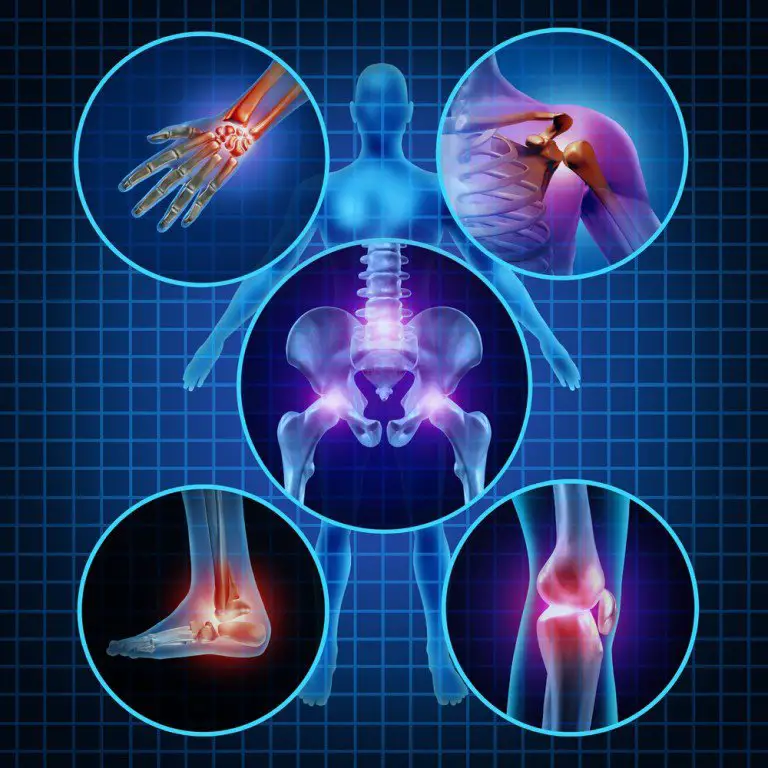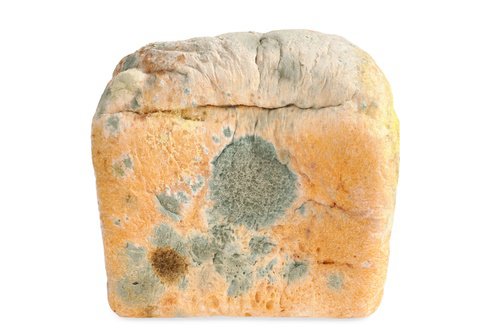Without knowing it, hundreds of millions of people are exposed to toxic mold daily through touch, inhalation or ingestion, and they don’t even realize it. Mold is silently changing and threatening our well being. It can grow behind walls, under floors and even makes its home in our food. What you may not realize is that mold toxicity can make you get sick and, in some cases, even be deadly.

Health repercussions of mold toxicity
People tend to underestimate the paralyzing effects that mold has on our bodies. If mold growth is not treated, it can overload and debilitate the immune system. When someone is suffering from mold toxicity, it is often synonymous with confusion and frustration trying to determine the cause of their illness.
Mold attacks your health and development
Some molds release invisible but poisonous chemical substances known as mycotoxins which are difficult, but not impossible to kill. These mycotoxins will be in your home everywhere you look, poisoning everything you possess, from furniture to clothing. These biotoxins spread throughout the body, joints, the nervous system and more. They change the way you think, how you feel and even how long you live.
Aside from mycotoxins, mold also generates irritants and allergens that cause reactions that are often related to a person’s sensitivity. For example, studies show that 25-28% of Americans are genetically predisposed to having problems with buildings with water damage.
14 warning signs of mold toxicity
Chronic mold toxicity is sometimes misdiagnosed due to its symptoms which resemble other diseases and syndromes. It is usually confused with and grouped together with Lyme disease, celiac disease, fibromyalgia, chronic fatigue syndrome and others.
Research shows that exposure to toxic mold can cause:
- Neuro-cognitive problems
- Brain fog/Confusion/Memory loss
- Mood problems
- Sleep problems
- Autoimmune problems
- Inflammation problems
- Joint pain
- Fatigue
- Headaches
- Gastrointestinal problems/Food sensitivity
- Weight fluctuation
- Numbness and tingling
- Blurry vision
- Sensitivity to light
If you have a compromised immune system, certain opportunistic infectious illnesses from mold can also affect the lungs, skin, eyes and more.

Where mold is hiding
Mold grows in humid and poorly ventilated areas. Sometimes it starts with a plumbing problem, a leak in the roof or as a result of a flood. Anywhere water runs, mold can develop unexpectedly behind drywall, under carpets, wood and low quality construction materials.
Additionally, dirty air conditioning and heating systems collect dust and moisture, making them the perfect place for mold to grow, even if you don’t have leaks.
Surprisingly, mold isn’t just happy to grow in dark, humid places. Some of the most resistant strains grow in dry and arid climates.
Apart from the mold in the environment, there is also mold in foods. The foods that are highest in mycotoxins are grains, nuts, chocolate, coffee and wine. If you are sensitive to the mold in your environment, you are more likely to be vulnerable to mold or yeast in foods.
Mold is one part of the total environmental toll that your body takes. Every day we are exposed to pesticides, solvents, chemical products, various bacteria and viruses. So many things can happen to our bodies when our environment is not ideal, which makes us weaker. If you are looking for high performance, high energy and high concentration, eliminating exposure to toxic mold is critical.
What to do
The medical community in general is not entirely conscious of the effects and symptoms of mold toxicity, although the conversation and the research surrounding this subject are growing and it is getting more and more coverage by the media. If you suspect that mold could be a problem for you, being informed is the first step to take action against mold. The good news is, once the mold threat is removed, your body will probably respond with a recovery protocol and return to normal.
As our knowledge about mold grows, so do our resources. Consult the following:

Environmental mold test
The most used test is the ERMI (Environmental Relative Moldiness Index), initially developed by the EPA. Take samples from your office, home and wherever you spend time. Test your space before doing anything; disturbing the mold spores could worsen the situation.
See a mold elimination expert
If the test is positive, work with a professional to identify all sources of mold in your space and find where the moisture is trapped. You will also need to use a dehumidifying system. After repairing leaks, clearing the air exchange and eliminating the mold, you will have to test one more time to make sure that all of the spores are gone.
Find the right doctor
Look for a specialized doctor or one who is familiar with mold disease. Your body will have to go through a detoxification process.
Support your body
Avoid foods that feed or contain yeast, mold and fungus such as carbohydrates and sugars. You can take supplements that help with recovery and the elimination of toxins, such as glutathione, activated carbon and products that help rebuild and restore your mitochondria.
Get informed
Watch the movie Moldy, a comprehensive documentary that covers diagnosis, treatments, experiences and resources directly from patients, the best mold experts in the world, professional contractors and doctors.
Whether you are experiencing minor or major immune responses, contact with toxic mold always has a biological cost. Our bodies respond to our environment and by eliminating toxins, you can free up your biological resources to do something else in life.
